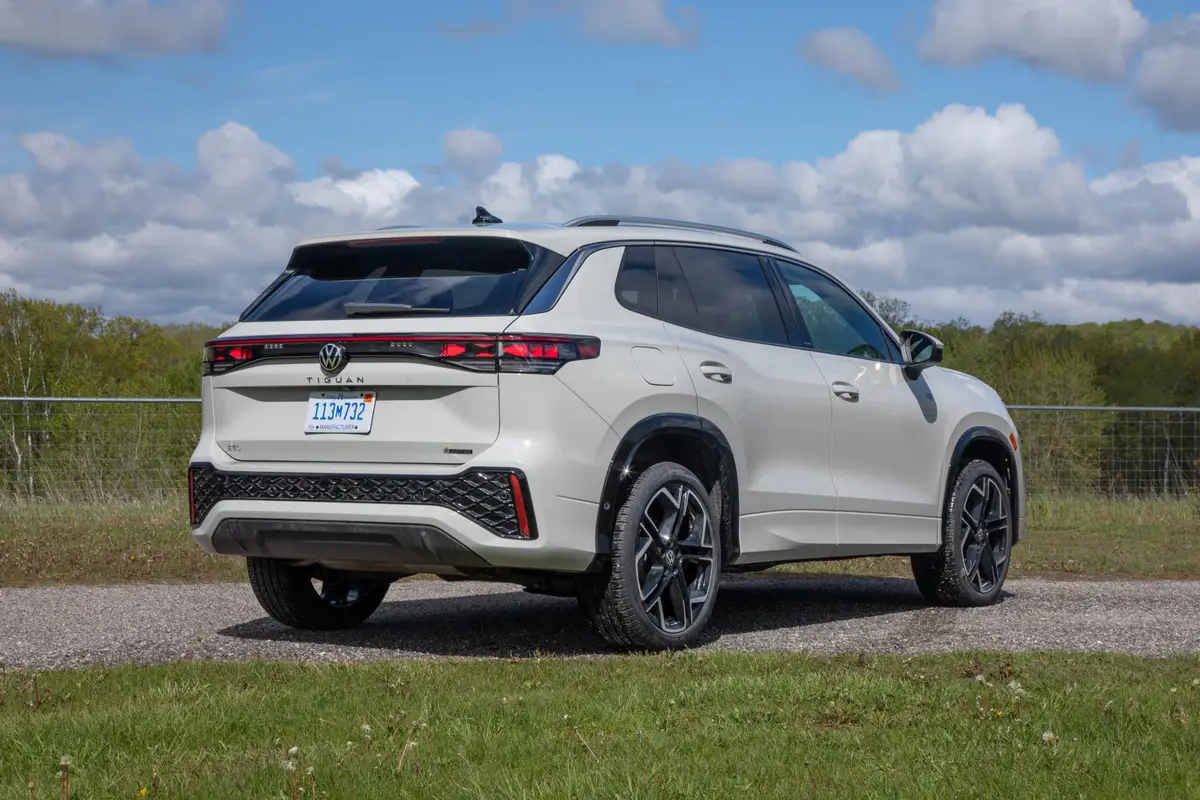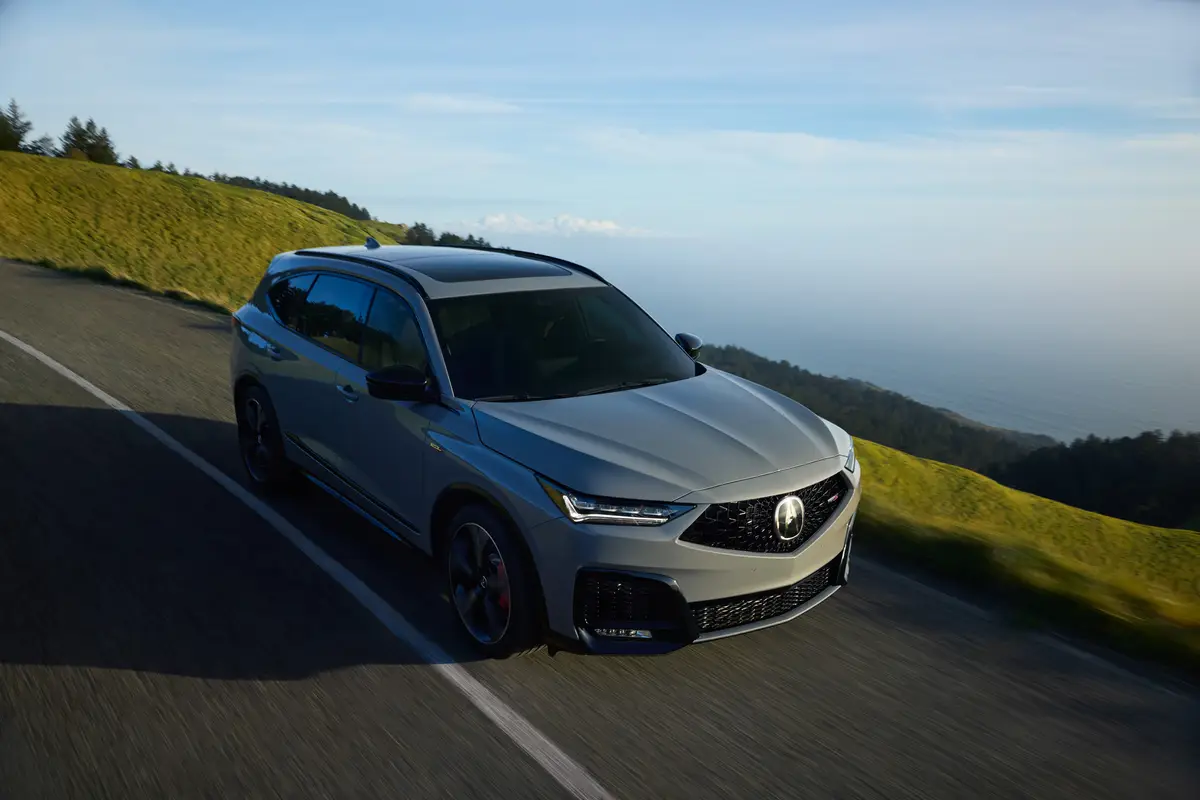chicagotribune.com's view
Toyota has found a way to provide its customers a $5,000 bonus withouthaving to hand over a rebate check.
The $5,000 comes from the savings in your pocket or purse afterpurchasing a `92 Toyota Camry XLE rather than a `92 Toyota Lexus ES300.
It borders on blasphemy in this business, but the lower-cost Camry doessuch an admirable job in terms of ride, handling, room, comfort, quiet andperformance that about all you get for the extra $5,000 in buying the Lexusare two letters and three numbers afixed to the deck lid, autodom`s way ofdesigner labeling its machines.
Keep in mind we`re comparing the top-of-the-line midsize Camry XLE inthe Toyota stable with the least expensive ES300 offering in the luxury Lexus line. In other words, it`s $20,508 versus $26,100.
It means we tested the `92 Camry XLE with the same 3-liter, 185-horsepower, 24-valve V-6 as offered in the Lexus, and not the 2.2-liter,135-horsepower, 16-valve four cylinder that`s standard in the base-modelCamry.
The 24-valve V-6 is teamed with a four-speed automatic. The 3-liter isvery peppy. Response is immediate when you give the pedal only light pressure.After you`re out in front of the pack you can press a button on the gear shiftlever if you feel conservation-minded and engage overdrive for optimum fueleconomy. The Camry with the 3-liter V-6 is rated at 18 m.p.g. city/25 highway.
We suspect the 3-liter V-6 will be the choice of Camry buyers by about a9 to 1 ratio over the 2.2 liter.
You probably will find yourself more in awe of the engine`s quietoperation than its inherent power. As in the Lexus ES300, the quiet in theCamry is almost eerie. You may find yourself turning the ignition key evenafter the engine is running because there`s no noise, no vibration in thewheel or in the driver`s seat.
Pontiac and Buick bring out new versions of the Grand Am and Skylark for1992 that both GM divisions say are rivals to the Camry. When you acceleratein either GM car with the 3.3-liter, 160-horsepower V-6, there`s more noisethan with the 3-liter in the Camry. Perhaps Toyota spent more on insulation.Since quiet is the sound of a well-made car, it was money well spent.
When it comes to ride and handling, the Lexus ES300 holds the edge overthe Camry. Its sports-tuned suspension hugs the road better than the Camry. Inthe XLE, we felt a little lean and wider swing in the corners and turns thanin the Lexus model.
Unless you`re a very aggressive driver at all times, the Camry suspension is more than suitable for everyday commuting and weekend getaways. If yourally on Saturday and Sunday, or if your car is a sport-sprung (with sportsuspension) Bonneville SSE, you may want to invest the extra $5,000 and check out the ES300. Keep in mind that a sport SE version of the Camry comes out inJanuary, which should close the gap between Camry and Lexus ride and handling.
Camry and Lexus are built off the same platform, and they feature similar yet different styling. Up front, for example, Camry has a single-barhorizontal grille; Lexus has several horizontal bars. Camry taillights runfull width with the license plate holder underneath, while Lexus taillightsare separated by the license plate holder. Camry has wide C-pillars, thosewhere the rear door and rear glass meet, while Lexus has narrow pillars. Camryhas thick B-pillars where front- and rear-door window glass meets, Lexus hasbut a narrow band. Camry has a flat deck lid; Lexus features a turned-up lipin back.
Inside, both offer spacious room front and rear. Leg and head room inback is especially generous. The trunk is cavernous.
Camry has been increased in size for 1992. It`s 3 inches wider at 70inches, 6 inches longer at 187.8 inches, and is built on a wheelbase one inch longer at 103.1 inches. The dimensions are the same as the Lexus ES300.
Camry and Lexus differ in the treatment of some amenities. C am ry has oneless air duct in the dash to shoot hot/cold air at occupants. Camry has apullout ashtray and dual cupholder in the dash; Lexus requires that you touch a door cover and ashtray and cupholders pop out without pulling. Camry has adigital clock in the upper dash; Lexus has a time display amid the radiocontrols middash. Camry requires you to set the parking brake with a footpedal; Lexus has a handle in the center console.
In terms of safety, a driver-side air bag is standard while antilockbrakes are optional in Camry. Our test car wasn`t equipped with antilockbrakes. A $20,000 car should come with antilock brakes, which are standard in Grand Am and Skylark.
Camry is offered in a variety of prices, from $14,368 for the base modelto $20,508 for the XLE. Standard equipment in the XLE we drove included power brakes and steering, driver air bag, fully independent suspension, 15-inchsteel-belted radials, air conditioning, cruise control, dual color-keyed powermirrors, power driver`s seat, power tilt/slide moon roof, power windows anddoor locks, AM-FM stereo with power antenna, rear-window defogger, fold-downsplit rear seats, tilt wheel, digital clock, dual cupholders and intermittent wipers. The only option on our car was leather seats/wheel/door trim for $950.With a $295 freight charge, the sticker read $21,753.
Latest news



